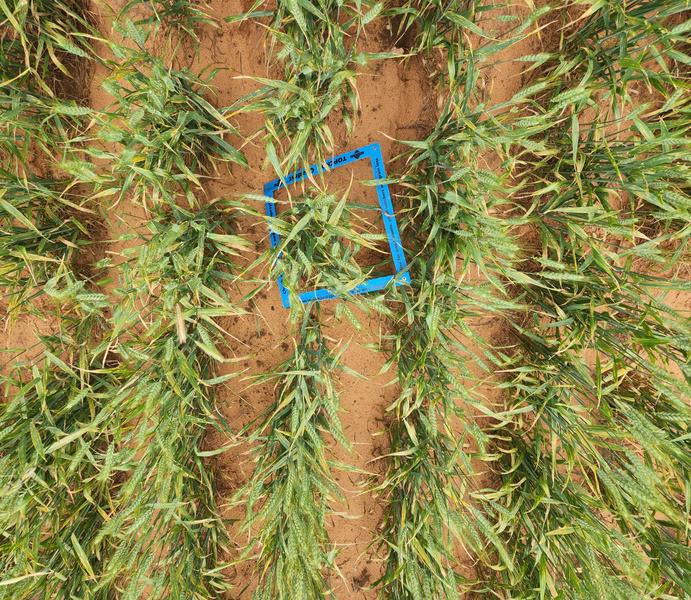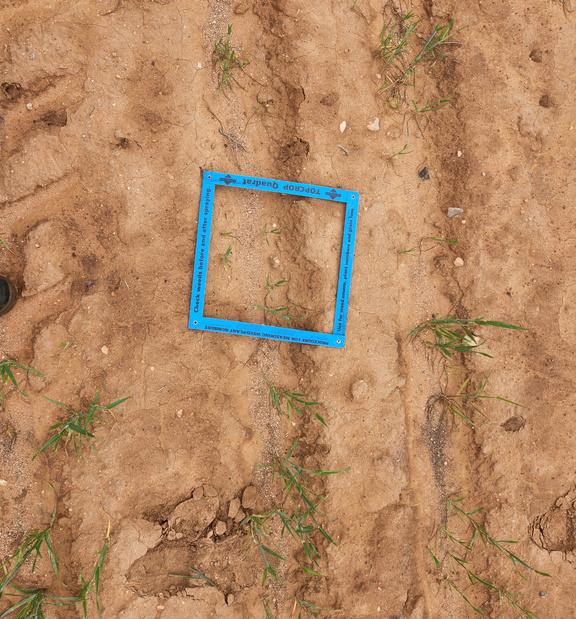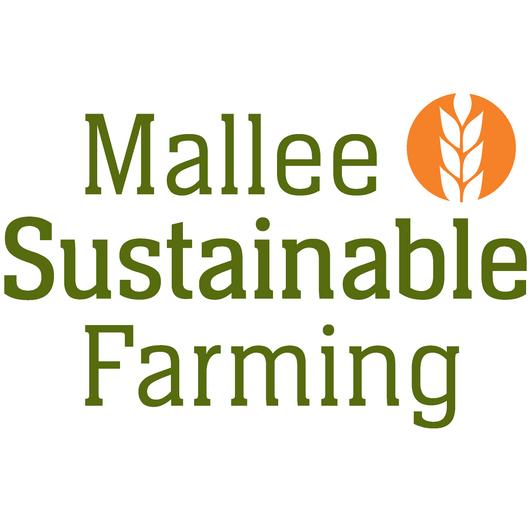
3 minute read
GoodPlants Decoration
2024) is demonstrating how different management practices and interventions can improve soil condition, crop yields, and drought resilience on dry saline land It builds on various farmer strategies, previous soil surveys, trials and demonstration work across a range of related saline land initiatives, to bring clearer management options for landholders to best suit their particular scenarios
Three teams are managing 48 demonstration sites across the Eyre Peninsula (AIR EP and PIRSA-SARDI), upper Yorke Peninsula (Trengove Consulting, Ag Consulting and Research and Northern Sustainable Soils), and VIC and SA Mallee (Insight Extension for Agriculture) Mallee Sustainable Farming is managing the project
When managing dry saline land, the ultimate goal is to stop the salts from rising to the surface This is done by: 1 2
Limiting evaporation by keeping the soil covered with mulches and crops Salt-tolerant varieties and improved crop nutrition are part of this strategy
Breaking capillary rise by ameliorating the soil
If patches of dry saline land do appear, the goal is to stop them from getting worse The strategy is similar – breaking capillary rise and limiting evaporation Whenever leaching rains occur, it is vital to grow and maintain soil cover to keep these salts deeper in the profile, reducing salinity impacts on plant growth in the future
Managing grazing to stop areas baring out over summer and autumn, when evaporation and capillary rise are highest, is an important part of dry saline land management
Strategies put to the test
Soil cover with mulches
Multiple trials are testing various rates of sand (130 – 1300 t/ha), animal manure (up to 50 t/ha), straw (wheat/pea; up to 10t/ha), and grape marc mulches to protect the soil and limit evaporation All mulches except sand have the added benefit of being a source of organic matter and nutrition in the long run
While the higher rates used in the demonstrations would not be affordable on a large scale, dry saline scalds often start out as very small areas The cost and effort to ameliorate small patches could pay-off quickly
Soil amelioration
As the problem tends to appear on soils with ‘tight’ (small-pored) subsoils, increasing soil porosity could reduce capillary rise Mixing sand and various forms of manures and organic matter to 30cm depth is being tested to both dilute soil salinity and reduce capillary rise, and therefore decrease salts rising to the surface Salts can also leach deeper in more porous soils, lowering the overall salinity issue The theory is that incorporating the mulches will improve soil structure at depth more than amelioration alone, and limit capillary rise
Mechanical soil amelioration techniques being used include deep ripping, positive inclusion plates with surface discs, spading, and reefinating as deep as practical on shallow stony soils These demonstrations are teasing out if the tools can help ameliorate dry saline land, despite known issues working on heavier soils
Soil cover with better agronomy
As maintaining soil cover is critical to controlling the issue, multiple trials are also testing salt tolerant crops and pastures including barley, oats, triticale, wheat, lentils, field pea, vetch, canola, and safflower

Salt tolerant grasses (Puccinellia and Tall Wheat Grass) and Messina are also being tested to cover and remediate salt scalds These species have traditionally been used in low rainfall areas with shallow water tables
Nutrition and products for improved crop growth
Fertilisers including calcium nitrate, potassium silicate and kelp are being tested to improve crop germination and growth in saline soils Soil wetters could also help The theory is that if the soil is more wettable, there will be more soil moisture to dilute the salinity and make it easier for the crop to establish and grow
These products are used to some effect in irrigated horticulture but are as yet unproven in dryland situations They may have a role in more the mildly saline circumstances
Next steps
2022 saw 18 sites established This year, another 30 sites are going in, with monitoring continuing on the initial 18 sites
At the end of the project the plan is to develop a decision tree, fact sheets and short on-site videos, to help growers choose the best option for their situation, considering the scale of the problem, both in size and severity
Partners
Project partners include Mallee Sustainable Farming, PIRSASARDI, AIR EP, Trengove Consulting, Ag Consulting and Research, and Insight Extension for Agriculture

Funding
The project is funded by the Australian Government’s Future Drought Fund



